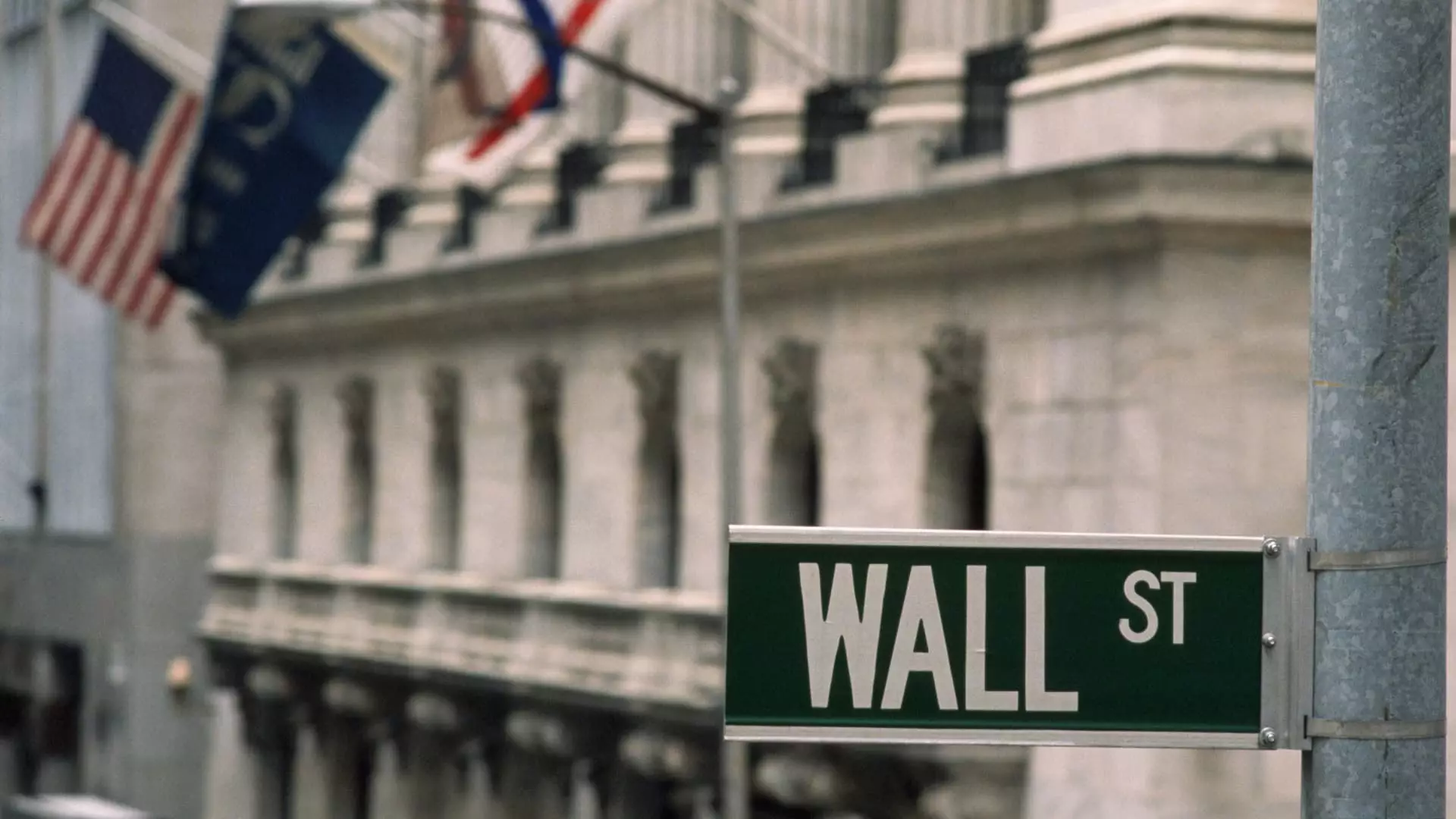As we step further into 2025, the initial public offering (IPO) landscape remains an arena of cautious optimism. While more than a dozen IPOs have already commenced trading, the prevailing market response has been muted. Recent launches, including that of Twin Peaks, have struggled against the backdrop of a market that appears hesitant to fully embrace new entries. This mixed reception raises questions about investor sentiment and the broader economic conditions that are influencing these investment behaviors.
Despite the slow start to the IPO season, Nasdaq president Nelson Griggs maintains a hopeful perspective for the remainder of the year. Speaking to CNBC’s “ETF Edge”, Griggs likened the IPO market to a pendulum—constantly fluctuating between periods of robust public investment and phases dominated by private capital. His assertion that low public capital raising in recent years has created a “massive pipeline” suggests an underlying belief that demand for public offerings will rebound as companies look to capitalize on more favorable market conditions.
Griggs’ optimism seems to hinge on the idea that accumulated private investment capital can eventually transition into public offerings. He reflects on the broader cyclical nature of capital markets, positing that while the private sector has gained momentum, the enduring need for public liquidity will inevitably draw companies back into the IPO fold.
However, the road ahead is fraught with complications. Companies like Panera Brands exemplify the hurdles many firms encounter on their journey to the public sphere, having faced numerous setbacks over the years. This hesitation from potential IPO candidates speaks volumes about current market conditions and investor appetites. Moreover, with established giants and innovative newcomers like OpenAI flourishing in the private realm, there is a diminished urgency for firms to enter public markets. The allure of private funding—often swift and easy—has become a viable alternative, rendering the IPO process less critical for some high-potential candidates.
Griggs noted a significant evolution in the landscape of private investment, emphasizing that recent financial innovations enable companies to tap into liquidity without going public. He acknowledges the risks of relying solely on private finance while emphasizing the importance of public offerings for deep and sustained liquidity. The convergence of public and private markets is redefining how companies strategize their capital-raising efforts. While many companies might currently lean towards private investment, the long-term value of a public presence remains undeniable.
As 2025 progresses, it will be interesting to observe whether the trajectory of IPOs follows Griggs’ predictions of a resurgence or if the current subdued atmosphere persists. Investor sentiment, combined with ongoing market shifts, will ultimately dictate the pace of forthcoming IPOs. For both investors and companies alike, the choices made today will shape the landscape of public investments for years to come, making this an essential moment in the ongoing evolution of the financial markets. As firms weigh their options, a careful balancing of risk and opportunity will be critical in determining how they navigate the path to an IPO.

